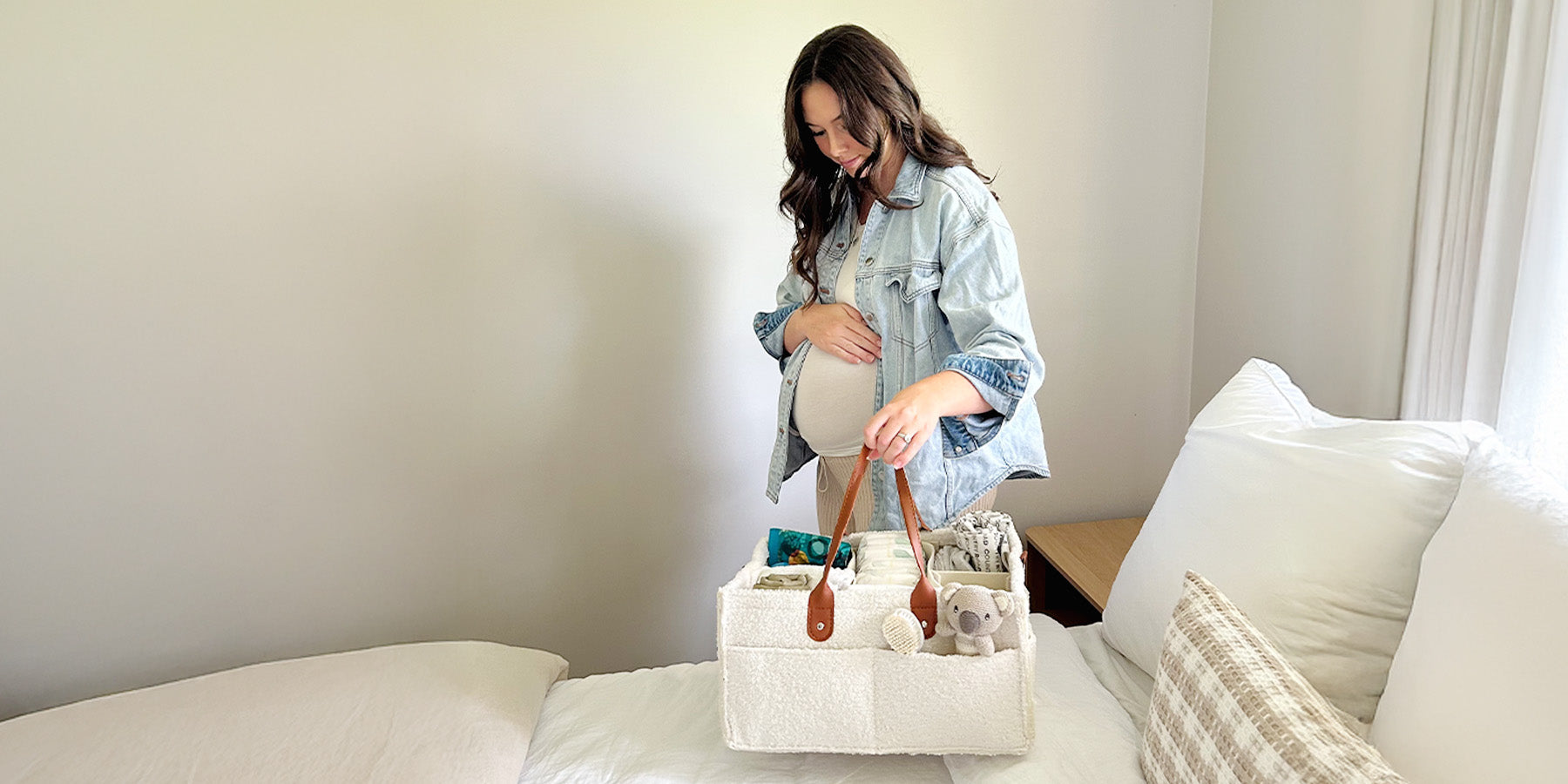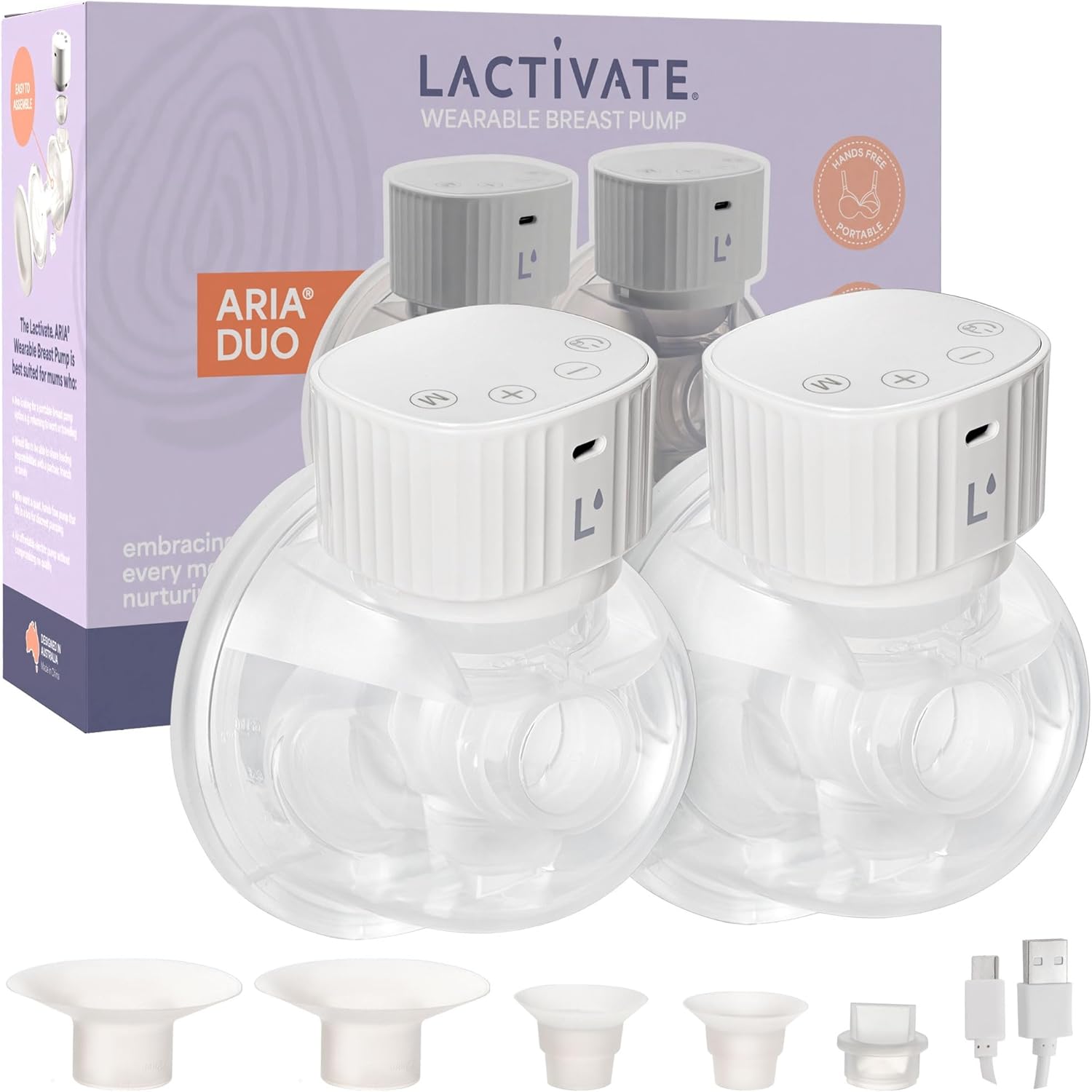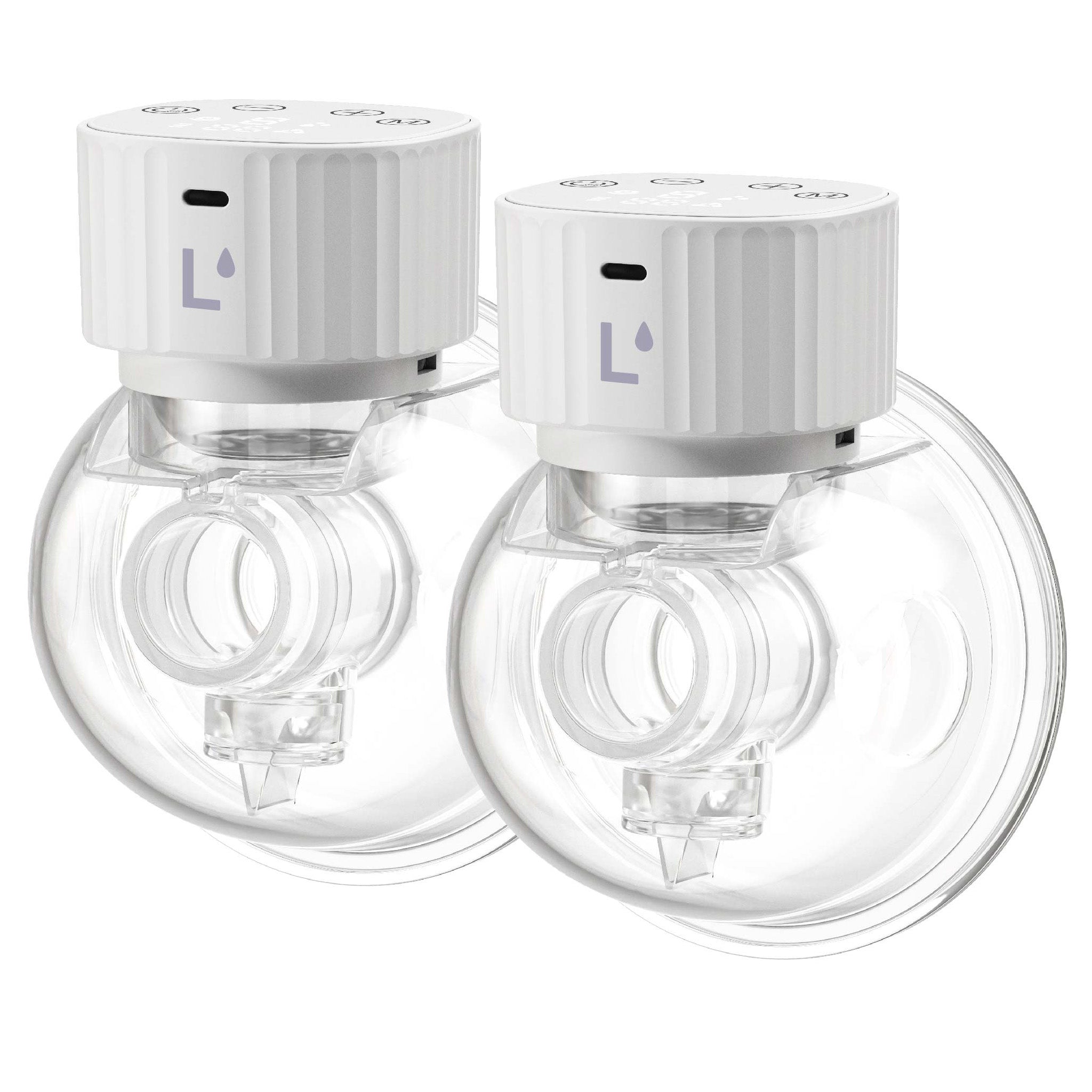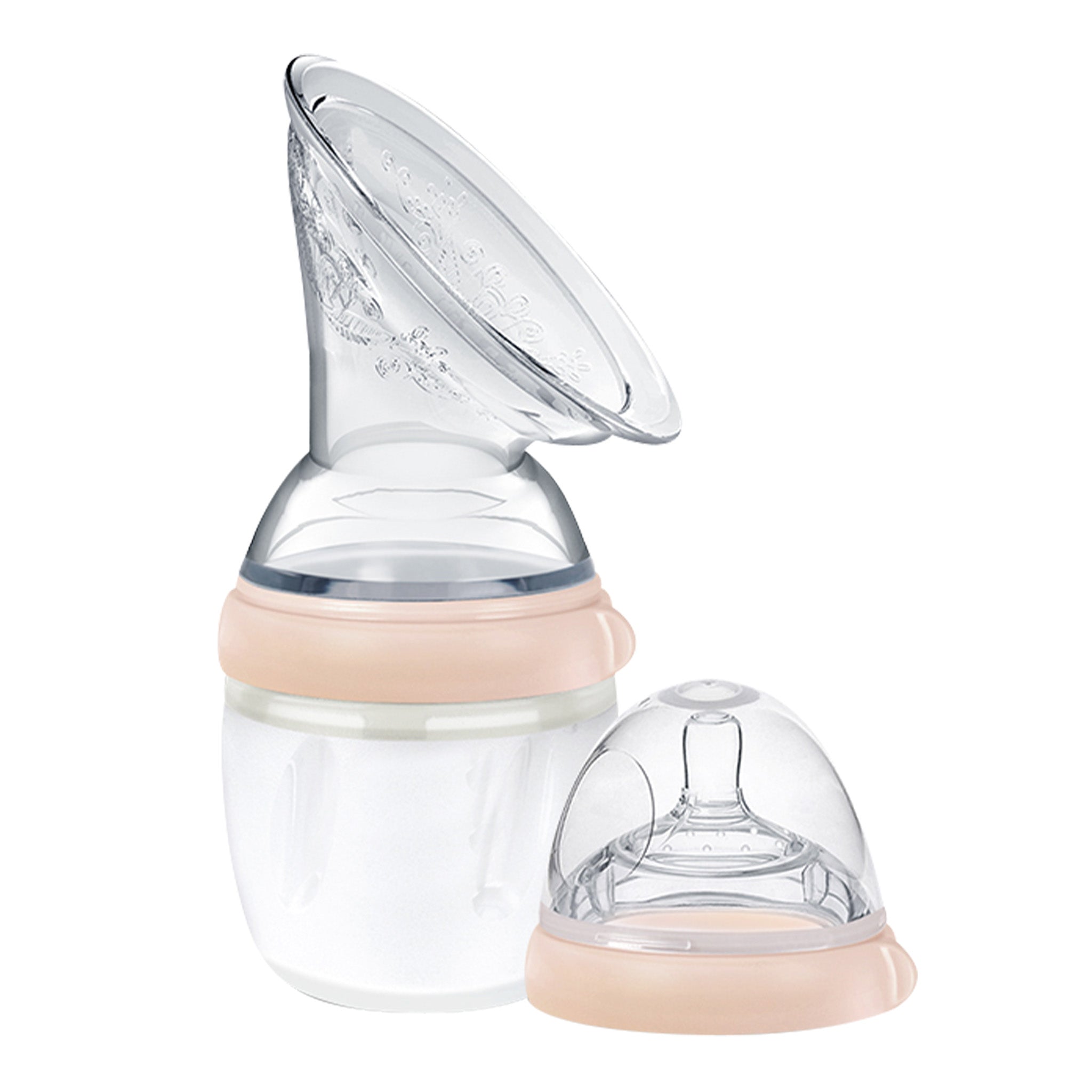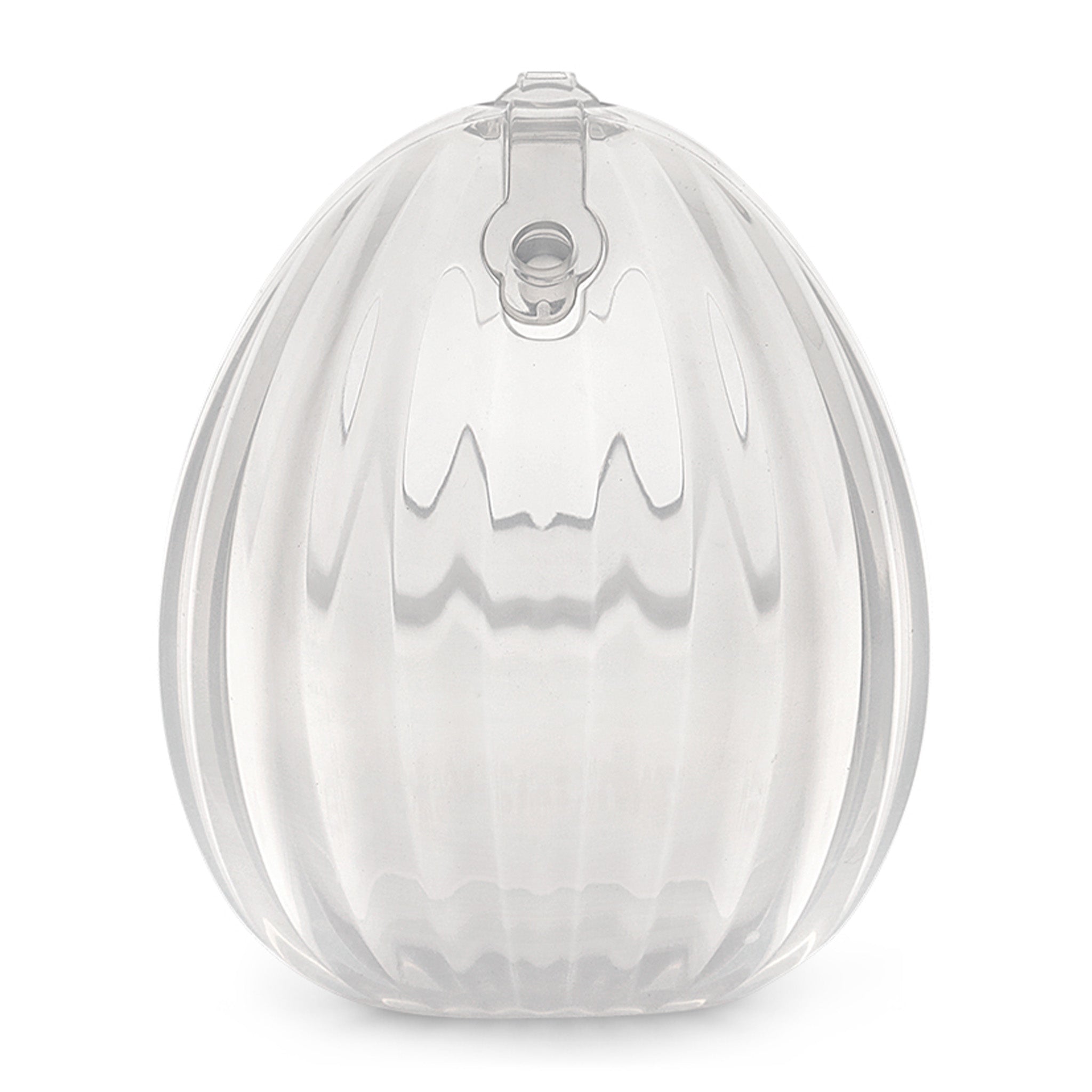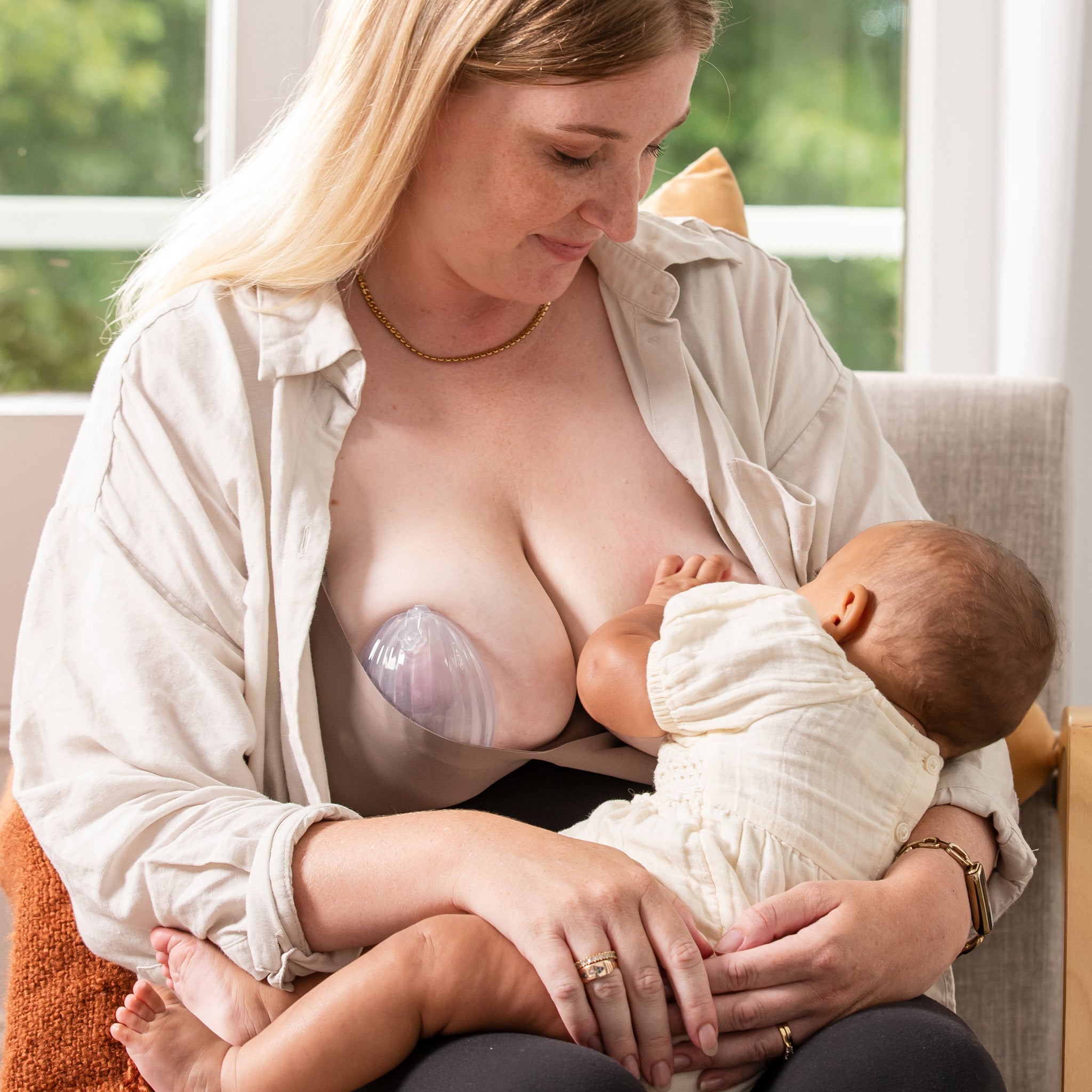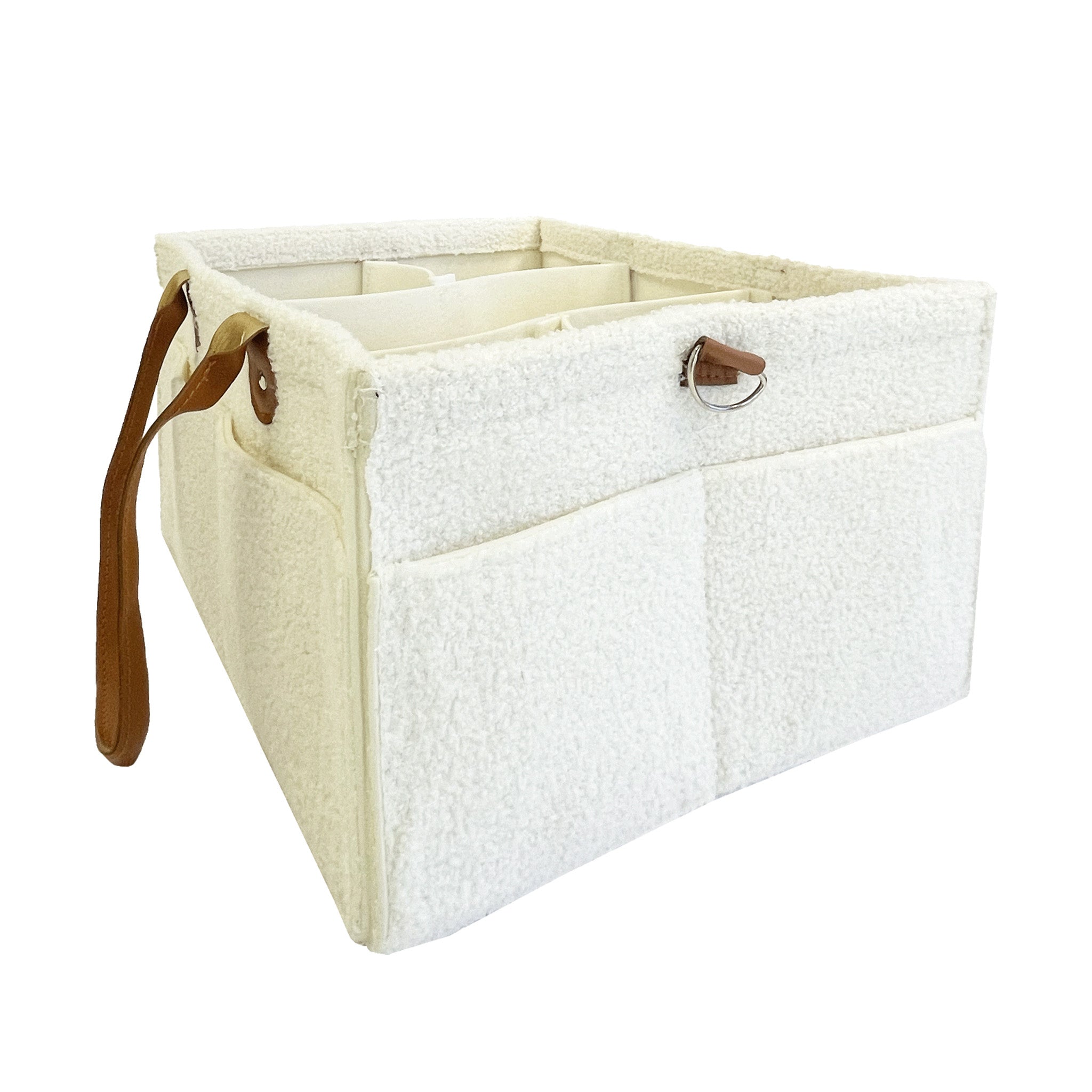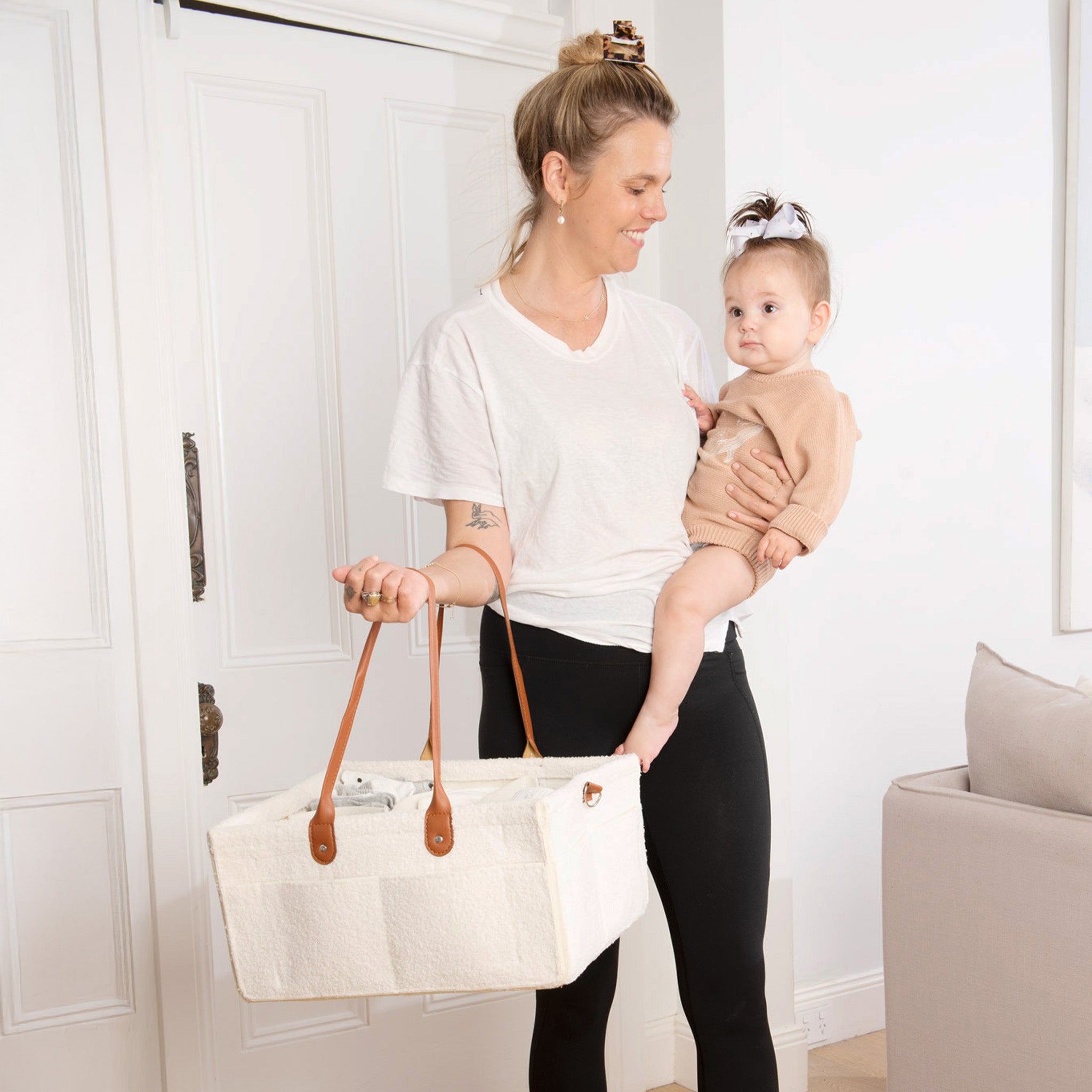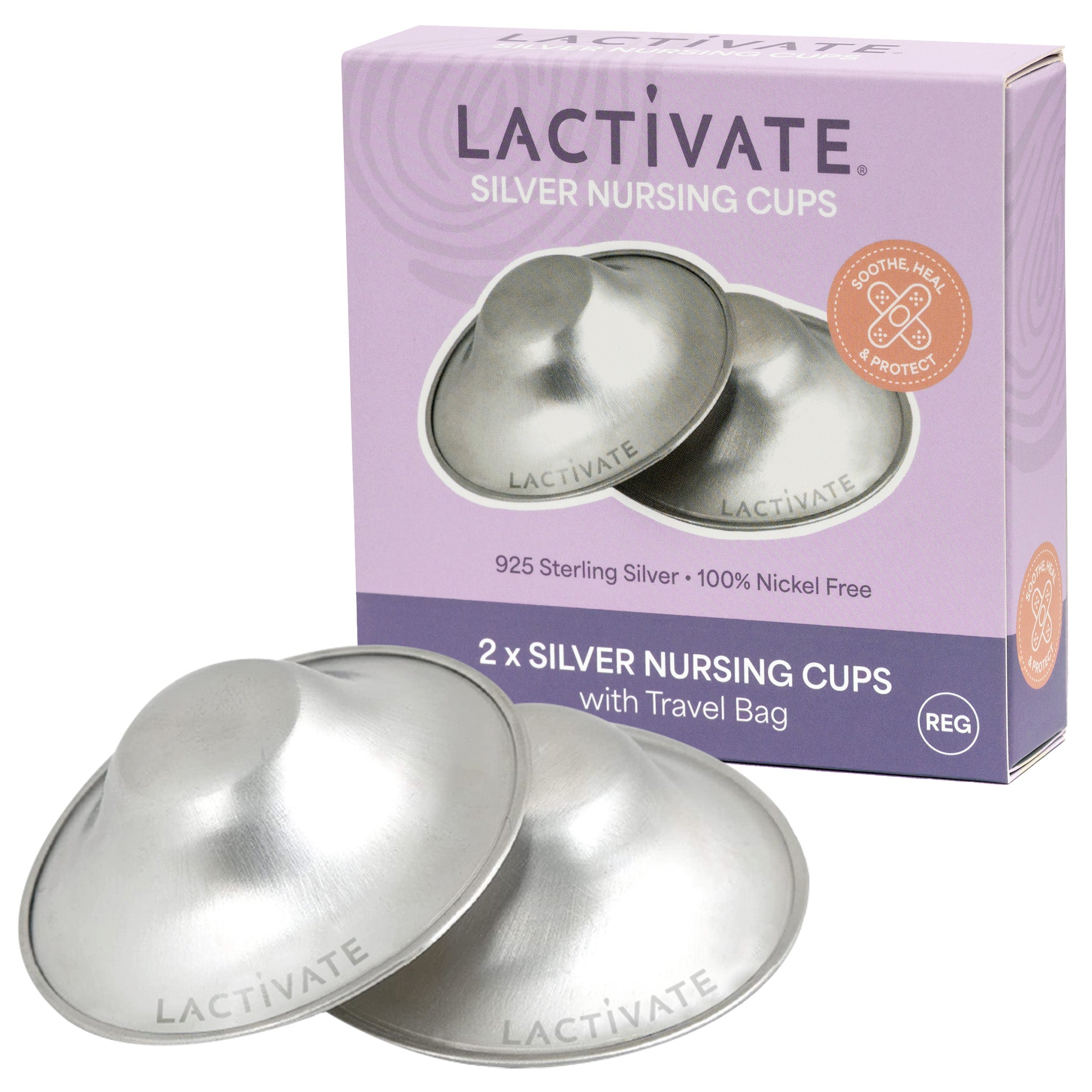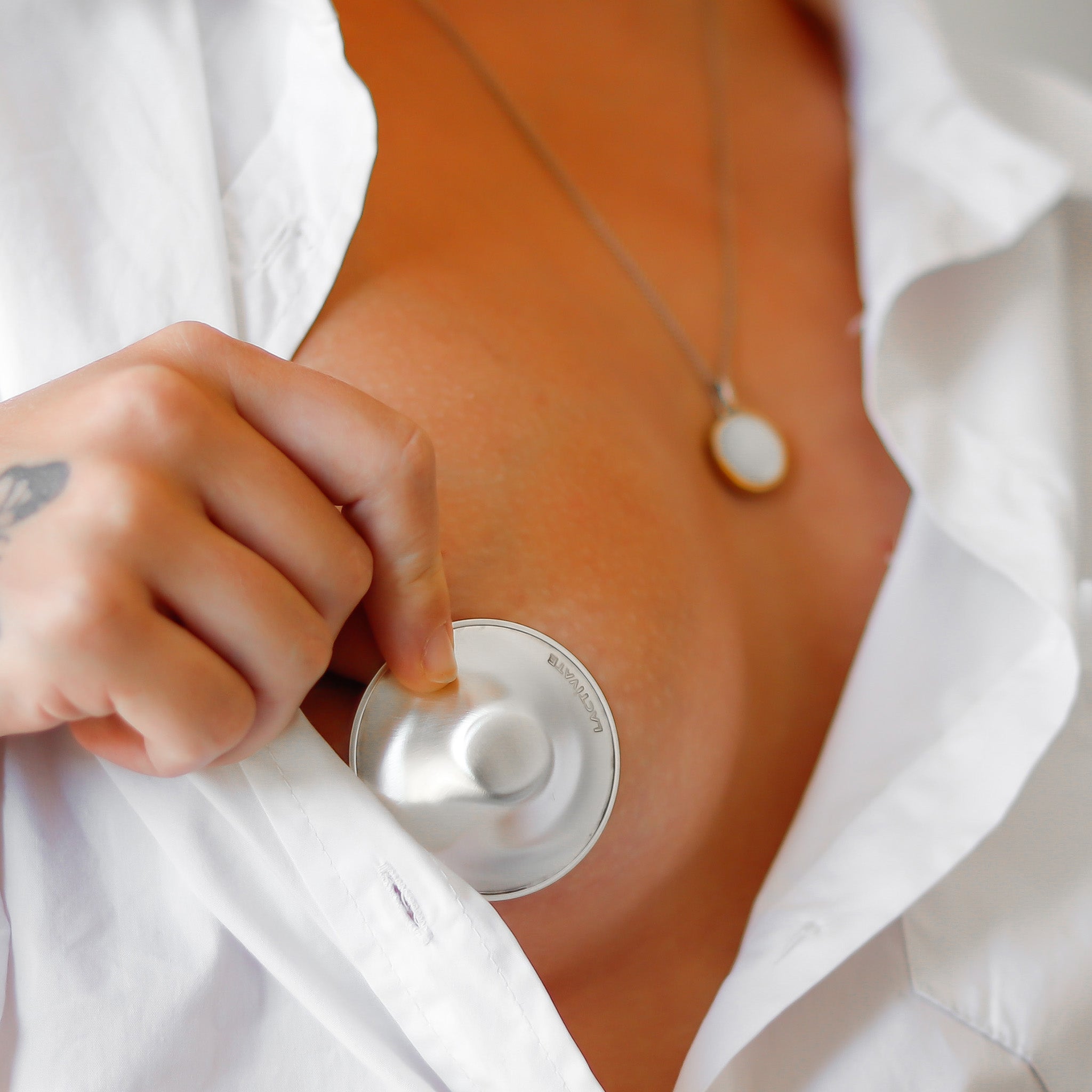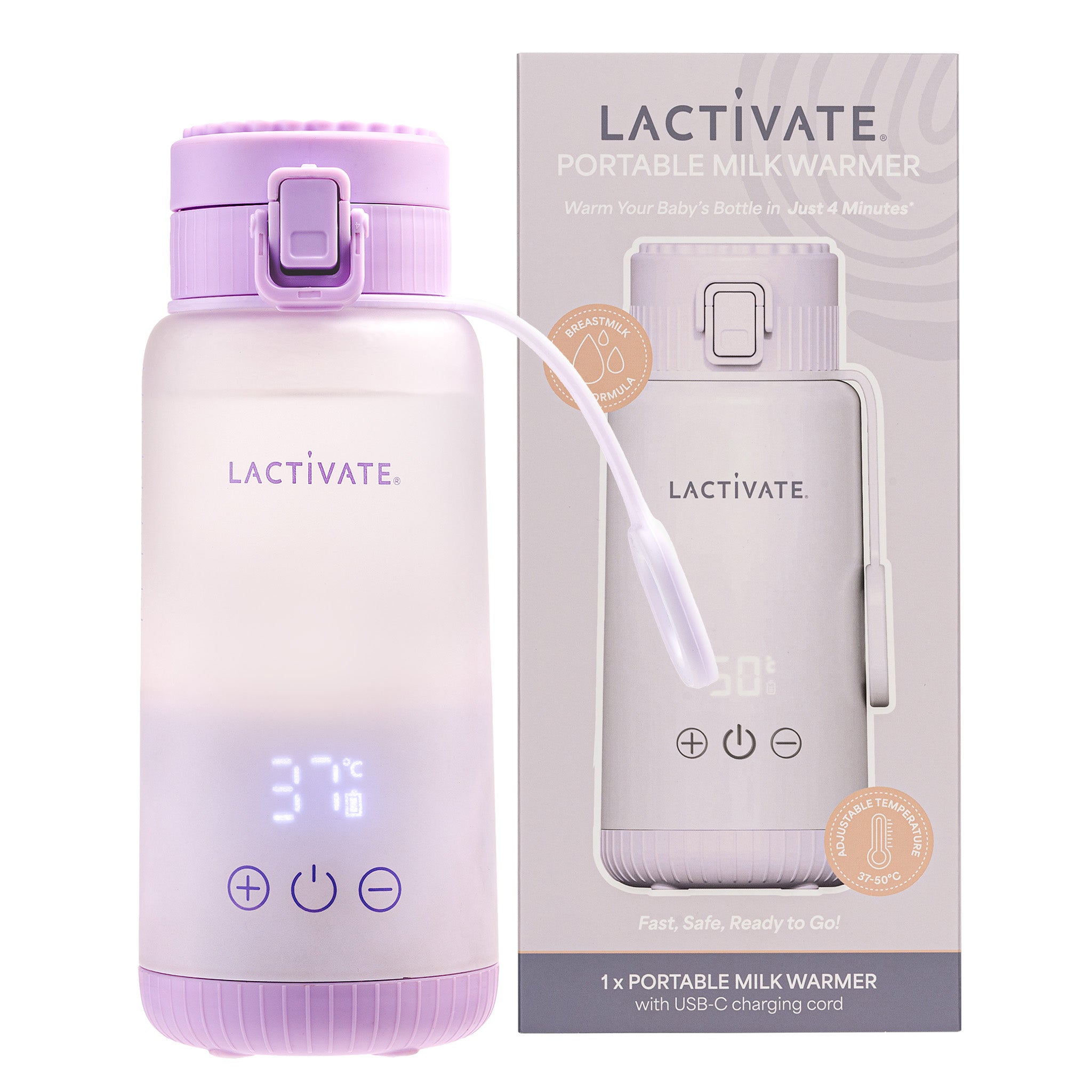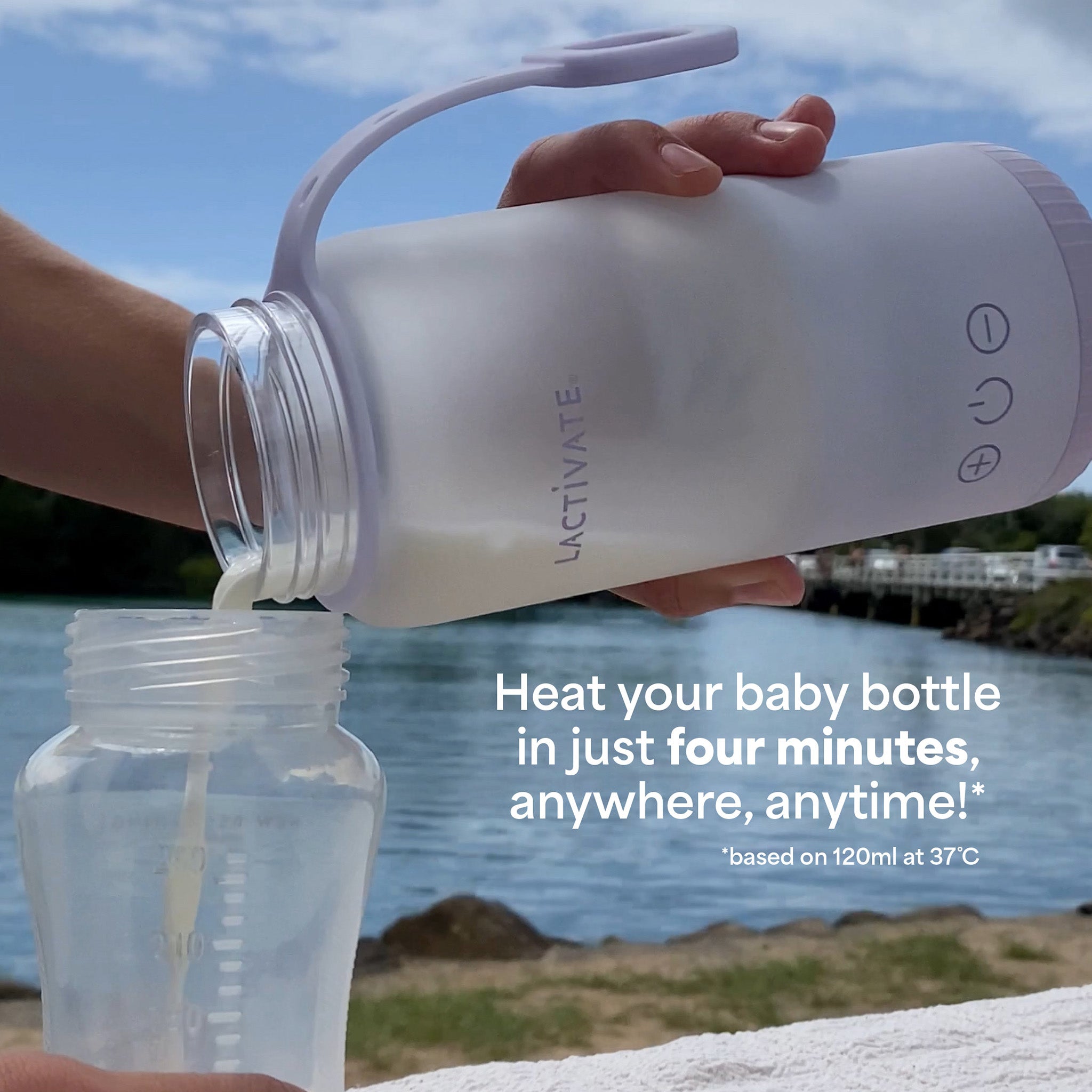Breastfeeding. It’s one topic that everyone seems to have an opinion about. And plenty of people just love to share their thoughts, even when you’ve got no interest in hearing them! While common misconceptions can be mildly annoying, sometimes even a little bit amusing, some misinformation can have the potential to derail your breastfeeding journey.
We’ve taken a look at some of the most common myths, misconceptions and old wives tales to separate fact from fiction and steer you onto the right path.
Misconception #1: It’s normal for breastfeeding to hurt
This old chestnut! If you’ve breastfed for longer than about five minutes, you’ve probably heard this being spouted, along with horror stories about bleeding nipples and agonizing pain. Let’s put it to rest right now; breastfeeding SHOULD NOT be painful. It certainly should not leave you in agony. There is a big difference between ‘discomfort’ and ‘pain’. Some discomfort when establishing breastfeeding is normal, after all it’s a completely new skill. When that discomfort turns into pain however, it’s a sign that something isn’t quite right and further investigation is needed.Ditto nipple damage. Some tenderness is to be expected but cracks, tears and bleeding generally indicates an issue with your latch which can be helped with support from a breastfeeding expert like an IBCLC. Our best advice? Seek help and support as soon as pain arises. This can save you (and your nipples!) a whole world of pain
Remember that both your baby and yourself are learning how to breastfeed. It is perfectly normal to seek support from a breastfeeding expert such as an IBCLC.
Misconception #2: Babies are born knowing how to breastfeed and latch
Many of us spend a lot of time preparing for birth but much less preparing for breastfeeding. While newborns are born with the innate ability to seek out colostrum, they (like us!) have never breastfed before and getting it right can take some practice. Seek support from your midwife and breastfeeding expert in hospital with any questions you might have. Many hospitals offer breastfeeding classes both before and after birth and these can be incredibly helpful in setting you up for success.
Misconception #3: Small boobs won’t produce enough milk
Making enough milk is something almost every new mum worries about at some stage. The good news? Breast size does not determine your ability to produce milk. According to The Australian Breastfeeding Association, It is the amount of glandular or milk producing tissue that matters, not your cup size. A very, very small percentage of women may have a condition called ‘hyperplastic breasts’ which can lead to underdeveloped milk producing tissue but this is generally not something the majority of women need to be concerned about. The same goes for nipple size and shape. Remember, it’s called ‘breast’ feeding, not nipple feeding and while flat or inverted nipples can sometimes add an extra challenge, they do not pose a barrier to a successful breastfeeding relationship. Seeking support from a breastfeeding expert is again advised as they can support you in establishing breastfeeding and advise on the use of helpful tools like Nipple Shields.
If you’re still worried about establishing your supply or experiencing a dip (it can happen), you can give your milk supply a natural boost with a milk boosting product like lactation cookies, cake or tea. These contain natural milk boosting ingredients for the perfect easy snack with benefits.
Misconception #4: There is no benefit to breastfeeding after 6 months
People often have plenty of ideas around what an ‘acceptable’ length of time is to breastfeed, with some saying that the benefits apparently ‘run out’ after 6 or 12 months. This is completely false. The World Health Organisation (WHO) actually recommends breastfeeding for two years, alongside the introduction of solids/family foods from around 6 months. Breastmilk does not suddenly lose its nutritional value as your baby gets older. In fact, breast milk continues to offer a whole host of benefits for your toddlers growing immune system and actually lowers your risk of breast and ovarian cancers.
Misconception #5: You need to change your diet when breastfeeding
While this may be the case for a small percentage of women, usually due to an intolerance their baby has, the majority can eat and drink as normal during breastfeeding. And yes, that includes chocolate and caffeine! Food Standards Australia New Zealand advise that daily caffeine consumption of up to 200mg is safe for pregnant and breastfeeding women. A single shot of espresso contains around 64mg caffeine so your favourite cappuccino or flat white should be a-ok. It’s also a myth that your breastmilk will ‘taste’ like whatever you’re eating. While there is some evidence that certain, strongly flavoured ingredients can be detected in breastmilk, the jury is out on just how much of the flavour is actually transmitted through the milk. If you notice that your little one is especially fussy on repeated occasions after you eat a certain food then it may be worth noting and monitoring but otherwise, enjoy a full and varied diet. It’s great for you and bub!
Misconception #6: Nipple shields, dummies and bottles create nipple confusion
While nipple confusion is a real thing, it’s not always as cut and dry as ‘avoid everything but a boob.’ Babies sometimes need a nipple shield, dummy or bottle for a whole host of reasons. In my personal experience, I had tongue tied babies and a nipple shield was the only thing that kept me breastfeeding. The best way to try and minimise nipple confusion is to establish breastfeeding as thoroughly as possible before introducing the above if you can. If you need a nipple shield, work with an IBCLC and choose a product made from thin silicone that moulds to the nipple to minimise confusion. Many bubs can happily switch from a dummy to a boob without any concerns due to the different sucking action required (plus the fact that a dummy doesn’t produce milk and bubs are pretty savvy about that kind of thing) but if you’re noticing some fussiness, try a different shape to minimise any concerns.
Misconception #7: You should feed every 2-3 hours and for a maximum of 10 minutes
We haven’t yet met a baby who can read a clock or who wears a watch, which is one of the reasons that this ‘rule’ makes zero sense. Babies, especially newborns, are hungry when they are hungry. That may be every 3 hours, it may be every 45 minutes during a growth spurt or cluster feeding session. The best piece of advice we have? Watch the baby, not the clock. If your bub is showing signs of being hungry or needing to suck, feed them. You can’t overfeed a breastfed baby. As for ‘maximum feeding time,’ all babies are different. Some can drain a breast in 5 minutes, others like to take their time. As your baby gets older and their suck grows stronger, they will become more efficient but again, it’s a matter of watching your baby and letting them set the pace. Ignore the ‘rules’ mama!
Misconception #8: Engorgement is part of life and can’t be helped
Ahh engorgement. There is nothing quite like the unique sensation of feeling as if you’ve got two tender, swollen bricks strapped to your chest. While engorgement is a normal part of establishing breastfeeding, there are plenty of ways to minimise and manage it. While cabbage leaves were the treatment dujour (and yes, there is some evidence to back up their healing properties) we far prefer an Ice and Heat Breast Pack. Both are designed to treat and soothe engorgement to help you feel more comfortable and make it easier for your baby to latch on. An easy way to use your Ice and Heat Breast Pack is to heat it up and use it warm for during feeds to encourage milk flow, and once done, cool it down in the freezer and use it to reduce engorgement. You can also use it in conjunction with your lactation massager during a feed to really relieve the heaviness and pressure.
Help manage engorgement and discomfort with the LACTIVATE Ice & Heat packs
Misconception #9: Babies can become ‘spoilt’ if you feed on demand
While they may be tiny little time wasters and sleep thieves, newborns are not master manipulators. The needs of your baby are pretty simple really; milk, warmth, a clean nappy and love. They also instinctively know that their survival hinges on them getting these things from their caregiver and will use the tools at their disposal to ensure their needs are met. Feeding your baby when they ‘ask’, holding them, cuddling and generally being attentive to their needs isn’t spoiling them, it’s simply helping them grow into healthy, secure little people. And, despite it sometimes feeling like you’ll be breastfeeding/co-sleeping/rocking babies for the rest of their and your life, rest assured it does come to an end (and you’ll probably miss it when it does!)
Dealing with unsolicited/incorrect/unwanted advice
Whether you’re a first or fifth time mum you’re still likely to be accosted with advice from a whole plethora of people in your life. Some of it may be welcomed and useful, some of it may not. It can be really tough, especially in the early days of new motherhood when you are fragile and sleep deprived to try and ignore the noise coming from eager wellwishers. But it is important that you have space to breathe and figure things out for yourself. The best way to do this? Set firm boundaries. Your body, your baby, your decisions. A polite ‘thanks, I’ll let you know if I need anything,’ can often be enough to deflect before someone gets on a conversational advice driven roll. Your parenting style will develop in its own time and you need to be given the space to let that happen. Remember, parenting is the long game. No one has it all figured out. You will make mistakes and struggle with decisions. Be guided by your own gut and those you trust for advice and reassurance. Keep those people close and try where you can to block out the noise from the rest.
Misconception #10: Breastfeeding leads to weight loss
One of the most common myths surrounding breastfeeding is that it leads to automatic weight loss for the mother. While it is true that breastfeeding can burn up to 500 extra calories per day, the amount of weight loss varies from person to person. Some mothers may experience significant weight loss while breastfeeding, while others may not see much of a change at all. Additionally, factors such as diet, exercise, and genetics also play a role in weight loss. It is important for new mothers to focus on maintaining a healthy and balanced diet, staying hydrated, and engaging in physical activity to support their overall health and wellbeing. While breastfeeding can certainly provide many benefits for both the mother and baby, it is not a guaranteed method of weight loss and should not be relied upon as such.
With so many misconceptions about breastfeeding, we understand firsthand how difficult navigating this part of your motherhood journey can be. That’s why our mission is to bring Mamas all over Australia information that is both educated and informed, as well as true to the lived experiences of the Mamas we work with. If you’re struggling with breastfeeding, remember that support is available - reach out to your midwife or your healthcare practitioner for unique and individualised care.


